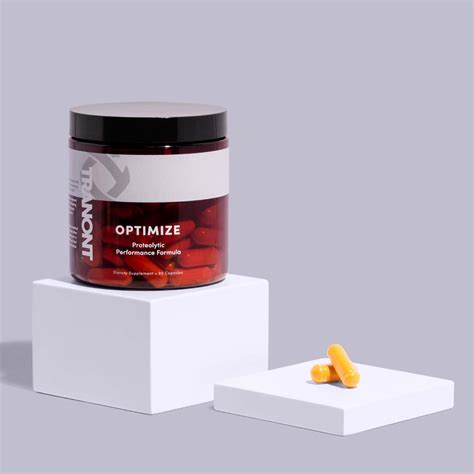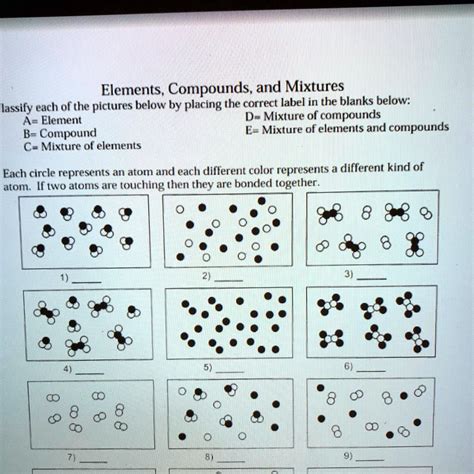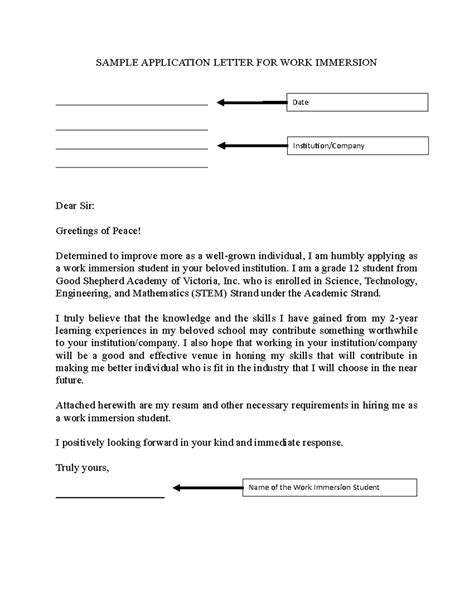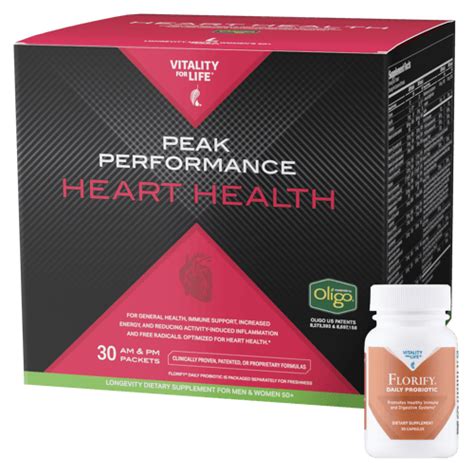Optimize short workouts: How to build peak strength & muscle efficiently?

Maximizing Your Time: The Power of Short, Intense Workouts
In today’s fast-paced world, finding ample time for the gym can feel like an Olympic feat. Many believe that significant gains in strength and muscle require hours of dedication, but this isn’t necessarily true. With the right approach, short, intense workouts can be incredibly effective for building peak strength and muscle. The key lies in optimizing every minute, focusing on efficiency, and ensuring that every rep counts.

The Core Principles of Efficient Training
To make short workouts powerful, you must embrace several fundamental principles:
- Intensity over Volume: Instead of doing many sets with moderate effort, aim for fewer sets with maximum effort. Push your limits within your working sets to stimulate muscle growth and strength adaptation.
- Compound Movements: Prioritize exercises that work multiple muscle groups simultaneously. Squats, deadlifts, bench presses, overhead presses, and rows are your best friends. They provide the biggest bang for your buck in terms of muscle activation and calorie expenditure.
- Progressive Overload: To continuously build strength and muscle, you must consistently challenge your body. This means gradually increasing the weight, reps, sets, or decreasing rest times over time. Even in short workouts, progressive overload is non-negotiable.
- Mind-Muscle Connection: Focus on actively contracting the target muscles during each exercise. Don’t just lift the weight; feel the muscle working. This enhances recruitment and optimizes results.
Structuring Your High-Efficiency Workout
Here’s how to design effective short workouts, typically lasting 30-45 minutes:
Warm-Up (5-10 minutes)
Start with dynamic stretches and light cardio to get your blood flowing and prepare your joints and muscles for action. Think arm circles, leg swings, bodyweight squats, and a few minutes on a bike or rower.
The Main Lift (15-20 minutes)
Dedicate the core of your workout to one or two heavy compound exercises. For example, on a leg day, you might focus on heavy squats. Perform 3-4 working sets, pushing close to failure or within a challenging rep range (e.g., 4-8 reps for strength, 8-12 reps for hypertrophy). Keep rest periods between 60-90 seconds, just enough to recover for the next intense set.

Accessory Work & Intensifiers (10-15 minutes)
After your main lift, incorporate 1-2 accessory exercises that target supporting muscles or areas you want to improve. This is where you can employ intensification techniques to pack more work into less time:
- Supersets: Perform two exercises back-to-back with minimal rest in between. For instance, pair bench press with bent-over rows, or squats with hamstring curls.
- Drop Sets: After completing a set to failure, immediately reduce the weight and continue for more reps until failure. This can be done once or twice within a single ‘set’.
- Circuit Training: Chain 3-4 exercises together, performing one set of each before resting, then repeating the circuit. This keeps your heart rate up and maximizes muscle work.
- Rest-Pause: Lift a challenging weight for as many reps as possible, rest for a short period (10-15 seconds), then continue with the same weight for more reps until failure.

Cool-Down (5 minutes)
Finish with static stretching to improve flexibility and aid recovery. Hold each stretch for 20-30 seconds.
Sample Short Workout Split (3 days/week)
This provides full-body coverage with adequate recovery:
Day 1: Upper Body Focus
- Warm-up
- Bench Press (3-4 sets x 5-8 reps)
- Superset: Pull-ups/Lat Pulldowns (3 sets x 8-12 reps) & Overhead Press (3 sets x 8-12 reps)
- Cool-down
Day 2: Lower Body & Core Focus
- Warm-up
- Barbell Squats (3-4 sets x 5-8 reps)
- Superset: Romanian Deadlifts (3 sets x 8-12 reps) & Plank (3 sets x 30-60 sec hold)
- Cool-down

Day 3: Full Body Strength & Conditioning
- Warm-up
- Deadlifts (2-3 sets x 3-5 reps – focus on form)
- Circuit (2-3 rounds, minimal rest between exercises, 60-90 sec rest between rounds):
- Push-ups (AMRAP)
- Kettlebell Swings (12-15 reps)
- Goblet Squats (10-12 reps)
- Cool-down
Beyond the Gym: Recovery and Nutrition
Short, intense workouts demand even greater attention to recovery and nutrition. Your body needs sufficient protein to repair and build muscle, adequate carbohydrates for energy, and healthy fats for overall health. Aim for 7-9 hours of quality sleep per night, as this is when most of your muscle repair and growth occurs. Don’t underestimate the power of hydration, either.

Conclusion
You don’t need to live in the gym to achieve impressive strength and muscle gains. By adopting an efficient, high-intensity approach, focusing on compound movements, and prioritizing progressive overload, you can build a formidable physique and peak strength with workouts that fit into even the busiest schedules. Consistency, intensity, and smart recovery are your ultimate allies in optimizing your short workouts for maximum results.







